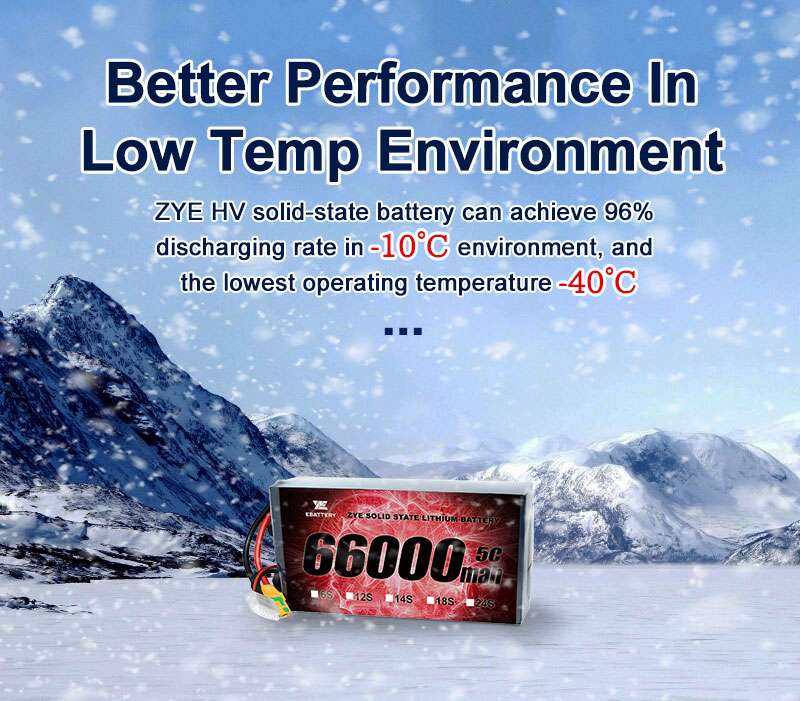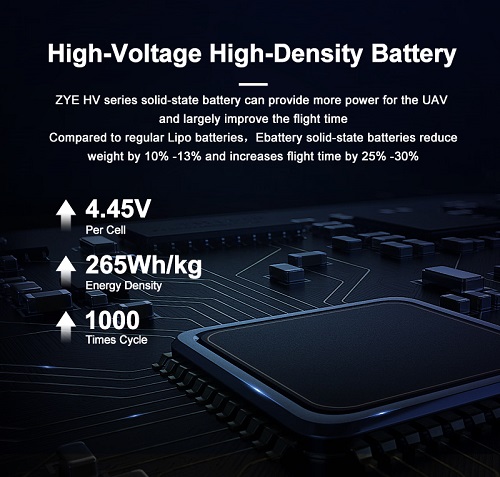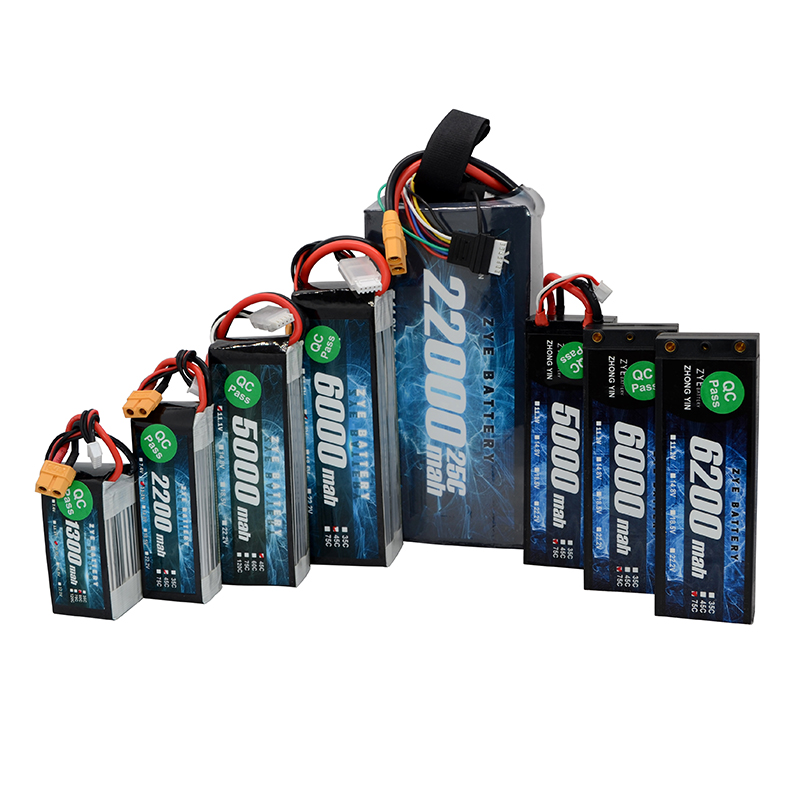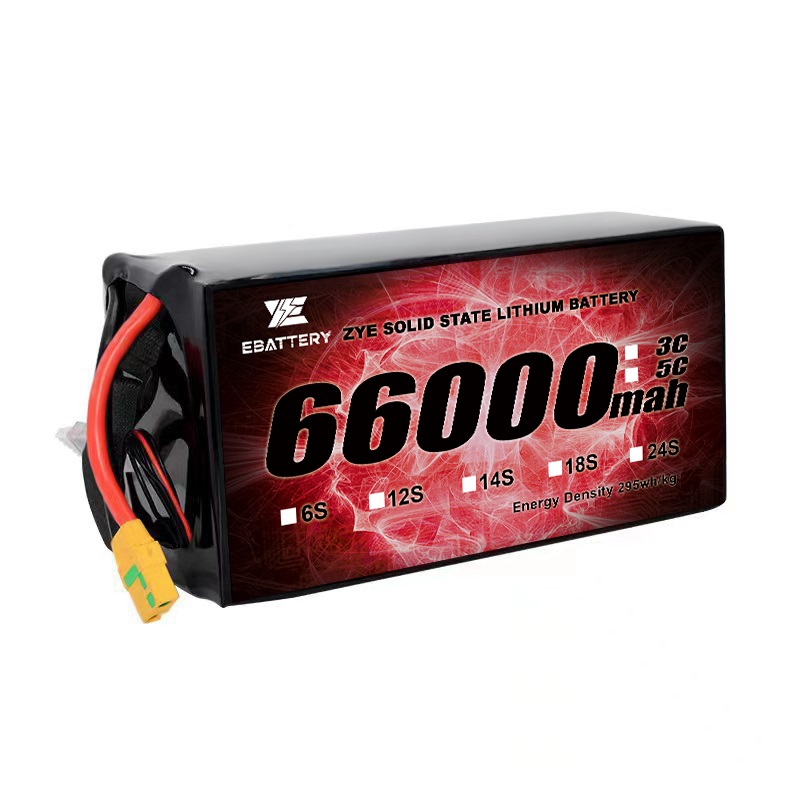How long can solid state batteries be used?
2025-07-16
High energy density solid state batteries have emerged as a groundbreaking technology in the energy storage sector.
In this article, As we delve into the lifespan of these innovative power sources, it's crucial to understand the factors that influence their longevity and the advantages they offer over traditional lithium-ion batteries.

Benefits of Light Weight solid-state-battery
1. Enhanced Energy Density: Solid state batteries can store more energy in a smaller volume compared to conventional lithium-ion batteries.
2. Improved Safety: By eliminating the liquid electrolyte found in traditional batteries, solid state technology significantly reduces the risk of fires and explosions. This enhanced safety profile makes them ideal for use in sensitive applications such as aerospace and medical devices.
3. Faster Charging: Solid state batteries have the potential to charge much more quickly than their liquid-electrolyte counterparts.
4. Longer Lifespan: These batteries typically have a longer cycle life, meaning they can endure more charge-discharge cycles before experiencing significant degradation. This longevity can lead to reduced replacement costs and improved sustainability.
5. Wide Temperature Range: Solid state batteries can operate effectively across a broader range of temperatures compared to traditional lithium-ion batteries.

Key Factors Affecting Solid State Battery Lifespan
The lifespan of high-energy-density-solid-state-battery is influenced by various factors, each playing a significant role in determining how long these power sources can maintain their performance:
1. Material composition: The choice of electrolyte and electrode materials significantly impacts the battery's durability and longevity.
2. Operating temperature: Solid state batteries generally perform better across a wider temperature range than their liquid electrolyte counterparts.
3. Charge-discharge cycles: The number of times a battery can be charged and discharged before significant capacity loss occurs is a crucial metric for longevity.
4. Manufacturing quality: Precision in manufacturing processes can greatly affect the consistency and reliability of solid state batteries.
5. The stability of solid electrolytes contributes to reduced degradation over time. This stability means that high energy density solid state batteries can maintain their capacity and performance characteristics for extended periods, even under challenging conditions.
The impact of solid state batteries extends far beyond just improved lifespan and energy density. These innovative power sources are set to transform the energy storage landscape in several ways.

Integration with Renewable Energy Systems: The superior energy density and safety of high-energy-density-solid-state-battery make them ideal for large-scale energy storage applications. This trend is particularly relevant for the renewable energy sector, where efficient storage solutions are crucial for managing intermittent power generation from sources like solar and wind.
In conclusion, the question "How long do solid state batteries last?" is not just about the number of years or charge cycles. It's about the transformative impact these batteries will have on our technology and our lives. With their extended lifespan, high energy density, and numerous other advantages, solid state batteries are set to usher in a new era of energy storage that is more efficient, safer, and more sustainable than ever before.
Are you interested in learning more about solid state battery technology or exploring how it can benefit your applications? Don't hesitate to reach out to our team of experts at coco@zyepower.com. We're here to answer your questions and help you navigate the exciting world of advanced energy storage solutions.
References
1. Johnson, A. et al. (2023). "Longevity and Performance of Solid State Batteries in Modern Applications." Journal of Energy Storage Technology, 45(2), 178-195.
2. Smith, B. and Lee, C. (2022). "Comparative Analysis of Solid State and Lithium-Ion Battery Lifespans." Advanced Materials for Energy Storage, 18(4), 302-317.
3. Zhang, Y. et al. (2023). "Factors Influencing the Lifespan of High Energy Density Solid State Batteries." Energy & Environmental Science, 16(8), 3421-3440.
4. Brown, D. and Wilson, E. (2022). "The Future of Energy Storage: Solid State Battery Longevity and Performance." Renewable and Sustainable Energy Reviews, 162, 112421.
5. Nakamura, H. et al. (2023). "Long-term Stability and Durability of Solid State Batteries: A Comprehensive Review." Nature Energy, 8(5), 441-458.
























































